Geranium leaves turn yellow: why is this happening and what to do?
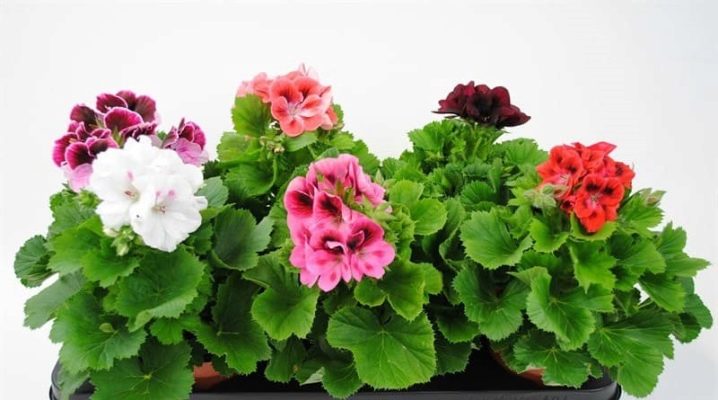
On many windowsills, you can find flowering plants with bright open buds, which are called geraniums. But only a few know that this is far from the case, because the flower belongs to a completely different species, and is also called quite differently. Real geranium is a wild or garden plant with small blue flowers, and the flower known to us under this name is pelargonium. They are distant relatives, since both belong to the Geraniev family, but belong to different species. The "wrong" name is so attached to the houseplant that few people use the real one. In order not to get confused, in the article we will also use the familiar term. So, geranium is distinguished by luxurious flowers and unpretentious care, therefore it is very popular with flower growers.
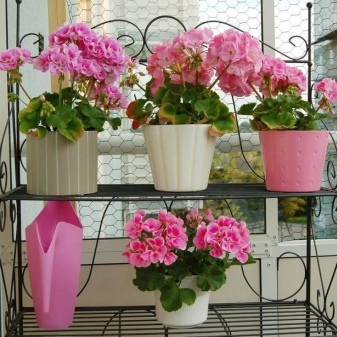
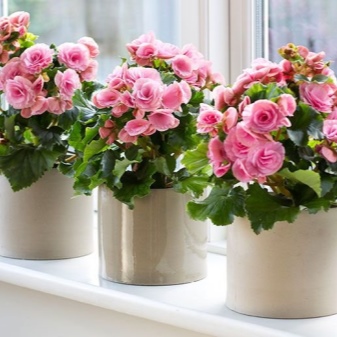
Causes
When growing geraniums at home, you can face some difficulties. One of the most common is yellowing of the leaf plates.
In most cases, the reason that the leaves turn yellow is improper care or conditions of detention.
It is worth considering them in more detail.
- Excessive or, conversely, poor watering has a detrimental effect on the plant. If the edges of the leaves dry or they are discolored, the geranium lacks moisture. Covering the top of the leaf blades with yellowish spots means that the flower is suffering from excess watering. The amount and amount of humidification is directly related to the season. In winter, 1 watering per week is enough, with more frequent, in addition to a yellowish bloom, root decay can also begin. In the summer, the amount of moisture is increased.
- Leaves can also turn yellow from too hard water, due to which calcium begins to accumulate in the soil. For watering geraniums, it is worth using only well-settled water, preferably within a few weeks. Florists recommend adding a little citric acid or a couple of drops of lemon juice to soften it.
- Increased humidity level also entails the appearance of yellowness on the leaf plates. Therefore, spraying as additional moisture is not needed for the flower.
- Tight capacity prevents the roots from developing correctly. In a small pot, the flower weakens, as it lacks nutrients. Under such conditions, yellowed parts begin to appear on the plant. Too large a pot is also not suitable, since excess space delays the development of budding, geranium spends all its strength on increasing the root system. The large surface does not allow moisture to evaporate quickly, which is fraught with the appearance of rot on the roots.
- Drafts often cause yellow geranium leaves. The plant does not tolerate them well, so you should not place it near the windows that often come off. Air currents when ventilating the room should not fall on the flower.
- Heat in the room also adversely affects the appearance of the geranium. If its level exceeds +20 degrees, the leaf plates dry out and become yellowish. In order to grow and develop normally, a flower needs coolness, but here it also does not need to go to extremes. Hypothermia is fatal for geraniums.
- Drainage is an indispensable component when planting a plant, since it serves as a protective barrier for the roots from waterlogging.In its absence, the liquid can stagnate at the bottom, leading to yellowing of the leaves, and then to the rotting of the geranium.
- The flower needs a soil fertile and well loosened. The best option would be a ready-made substrate for pelargonium.
- Lighting plays an important role in the maintenance of the plant, since both excessive bright light and its lack lead to the appearance of a yellow bloom. In limited light, the plant stretches out, leaves and shoots become flabby. Here it is worth finding the best location option.
- Deficiency of nutrients and micronutrients also provoke yellow leaves and reddish edges. Organic additives and mineral mixtures containing potassium and phosphorus are well suited. It is important to adhere to the application regime and proportions, since an excess of fertilizers, especially nitrogen fertilizers, entails the appearance of a yellow bloom. As an alternative to top dressing, you can use a non-concentrated solution of iodine with water, it has a positive effect on the condition of the plant.
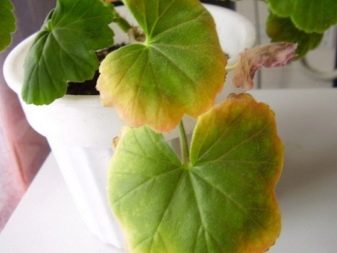
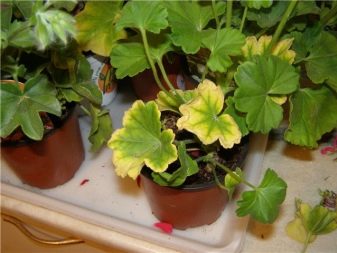
If the care is sufficient, and all the necessary conditions are met, but the flower does not look very good, the edges of the leaf plates dry or the leaves curl up into a tube, the cause should be looked for in possible diseases. Geranium diseases can be provoked by fungi, bacteria and viruses. Glossy streaks and brownish spots appear on the leaves, which leads to the fact that they completely wither, the geranium dies. Viral diseases are a consequence of the previous activity of insects on the plant. Infection is also possible during cuttings, through taking a cuttings from a diseased flower. In this case, the leaves are pulled together, pronounced green veins appear on them, forming a mosaic pattern. Such signs indicate the presence of vascular pathology, the diseased plant should be destroyed in order to avoid infecting others.
Diseases caused by bacteria lead to the formation of yellowish spots on the leaves and their dropping. The development of bacterial diseases is caused by too warm humid air in the room, and its symptom - leaf veins become black. If you do not take any measures, the plant will dry out. When infected with fungi and bacteria, spots of various shapes and colors are formed, they can be gray, brownish or yellow.
Blackleg is a common bacterial infection characterized by rotting shoots, which causes them to become covered with a black bloom.
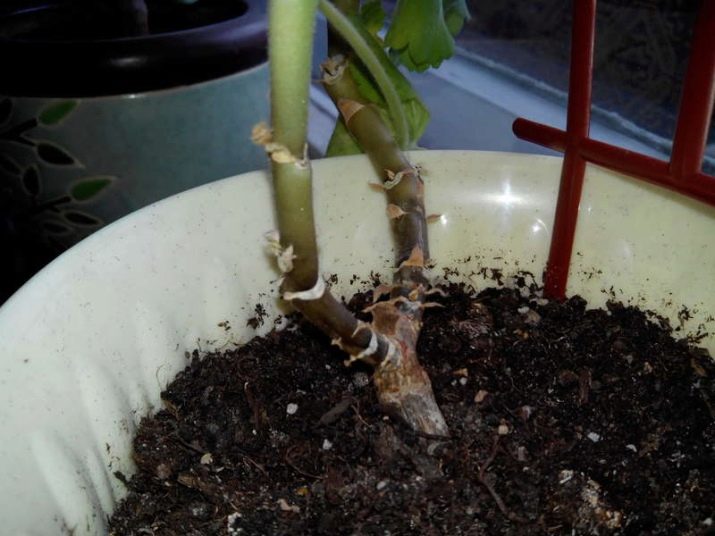
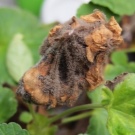
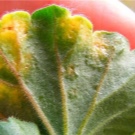
Rust becomes a significant problem for geraniums, with it the upper parts of the leaf plates are covered with spots of a yellowish brown color with a clearly defined edge, and the lower ones - with small brown dots. The markings on the leaves are sacs of fungal spores. And also the disease causes the formation of edema on the foliage - small, dense growths. When they appear, the affected plates are removed. Geranium leaves also turn yellow when the flower is damaged by pests. The most common pests are worth considering.
- Nematodes - tiny worms that feed on the roots of the flower. You can recognize a lesion by them by the miniature specks on the roots. The diseased plant weakens and then dies.
- Spider mite sucks the juice from the leaves, which is why they curl. The reverse side is covered with cobwebs, and then the whole plate dries out.
- Aphid will not settle on a flower if fertilizing with potassium content and a minimum amount of nitrogen is used.
- Whitefly damages leaves by making egg-laying moves inside.
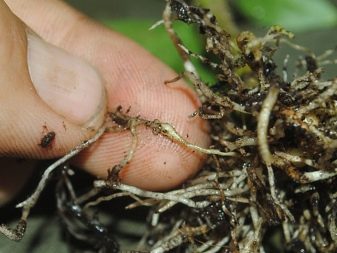
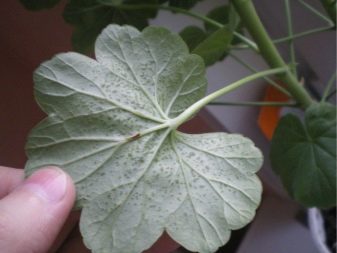

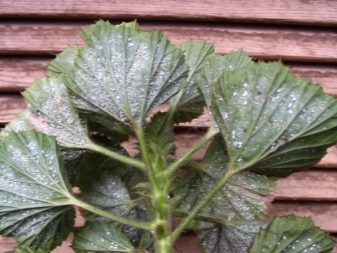
Treatment
If yellow or starting to dry out leaf plates on geraniums are found, urgent measures should be taken to save the flower. It is necessary to establish the causes of the disease, then it will be possible to help the plant faster, namely:
- first of all, you should see if the flower is firmly placed in the container, there is enough room for it to grow, there is drainage; if any discrepancies are found, they change the pot or soil, it is necessary to use a special substrate for pelargonium;
- you can move the geranium to a more illuminated place, but be sure to shade it from direct rays;
- revise the watering regime - they moisten the plant enough, but not too often; it is necessary to monitor the presence of water in the pan, it should not stagnate there, since the soil needs to dry out between waterings;
- the flower does not like changes in temperature, it should be placed away from heating appliances; in winter, it is better to remove it from the window sill so that it does not come into contact with cold glass;
- the room must be ventilated, the plant needs fresh air, but drafts have a detrimental effect on it; if there is such a possibility, the flower is relocated;
- when the soil dries up, it is immediately moistened; if the flower after watering has not acquired its original appearance, then the reason for the yellowness of the leaves lies elsewhere;
- when using fertilizers, the recommended doses must be strictly observed; an excessive amount or a strong concentration of the drug can damage the root system, which will manifest itself in yellowing of the leaves; if this happens, the roots need to be examined well, the damaged ones should be removed and geraniums should be transplanted;
- if, during the examination, fungal diseases or pests are revealed, the plant is isolated and can be treated with fungicides (for diseases) or insecticides (in case of damage by insects); until the complete cure, geraniums should be quarantined;
dried leaves must be removed, and the plant itself must be examined more often.

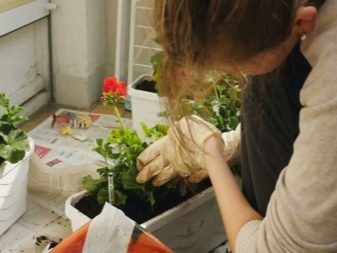
Preventive measures
To prevent the formation of yellow leaves, you need to comply with the main care requirements, eliminate all negative factors, adjust the irrigation and feeding regime. It is worth protecting geraniums from possible problems in advance, rather than looking for their solution later. By creating comfortable conditions for the plant, you can protect it from upcoming diseases, and geranium will thank you for this with its healthy and blooming appearance.
Why geranium leaves turn yellow, see the following video:







































































































The comment was sent successfully.